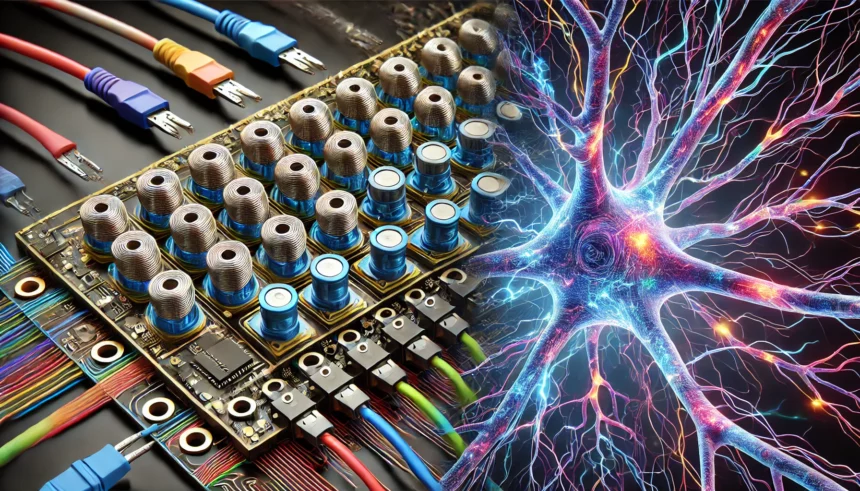Researchers at the University of Minnesota have developed an innovative tool called the MagPatch, which is setting new standards in neuroscience research. This cutting-edge device is designed to activate single neurons with unprecedented precision, using an array of microcoils to target specific brain cells.
Understanding MagPatch Technology
The MagPatch consists of a planar array containing eight microcoils, each with a dimension of 190×190 micrometers. This compact design is pivotal for researchers looking to influence neuronal activity without invasive techniques. The technology utilizes the orientation of electric fields generated by these microcoils to achieve high spatial selectivity, meaning scientists can pinpoint specific neurons for activation.
Advantages of MagPatch in Neuronal Studies
One of the primary benefits of the MagPatch is its ability to interface directly with neural cells. In experiments, human neuroblastoma cells were grown on the MagPatch’s surface, and the tool’s effectiveness was assessed using calcium fluorescence imaging. This method allowed researchers to observe how neurons respond to stimulation by the MagPatch in real-time, providing valuable insights into neuronal functionality and behavior.
Moreover, the research team has explored how changes in the size of the microcoils within the MagPatch can affect its overall performance. They examined various aspects such as the electrical properties, the quality factor (Q-factor), and the thermal effects on neural tissues, ensuring that the device operates safely and effectively within biological environments.
Implications for Future Neuroscience Research
The development of the MagPatch marks a significant milestone in neuroscience research. Its ability to activate individual neurons with such precision opens new pathways for understanding complex neural networks and brain functions. This technology could lead to breakthroughs in treating neurological disorders and improving neural interfaces, which could integrate with artificial intelligence systems for enhanced brain-computer interfacing.
Learn more about the latest innovations in neuroscience technology.
By offering a non-invasive and highly targeted approach to studying brain activity, the MagPatch represents a leap forward in our ability to manipulate and understand the brain at the microscale. As this technology continues to evolve, it promises to unlock new possibilities in both medical and technological fields.
Explore related studies on neuron activation and brain research.
In essence, the MagPatch from the University of Minnesota is not just a tool for today’s scientists but a foundation for tomorrow’s discoveries in neuroscience, offering a glimpse into the future of medical science and technology.
















